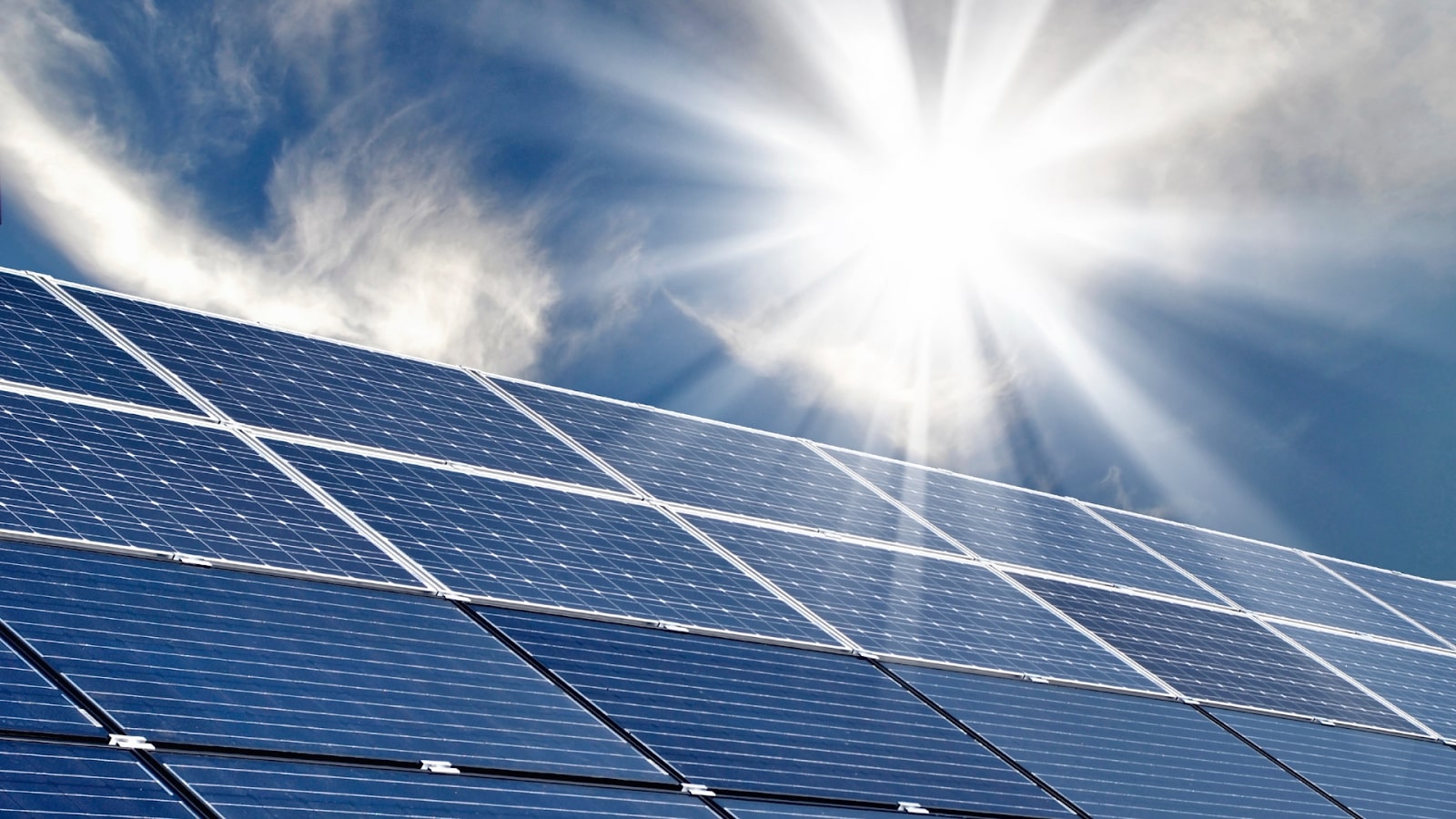Foldable mobile phones have been available since late December 2018, when China-based Rouyu debuted its FlexPai – the world’s first foldable tablet and smartphone in one. It’s a new niche of electronics, but research and development in foldable technology have been intense in recent years.
Flexible solar panels are another category of foldable devices receiving lots of scientific attention. And while many advances are being made, researchers have been having a challenging time making the panels fully foldable (repeatedly bend without breaking) until now.
Engineers at Korea’s Pusan National University created fully foldable prototype solar cells. Such panels would simplify storage and transportation and integration into everyday devices like cars, windows, phones, and clothing.

ARE YOU READY FOR YOUR SOLAR ASSESSMENT?
It’s quick and easy. Just fill in some basic details below and one of our friendly energy consultants will be in contact to see if you qualify for the maximum rebate or feed-in tariff.
The solar cells you see on rooftops are made of traditional conducting materials, which lack flexibility. And while flexible solar cells do exist, their bend is limited, like a card; If they bend any further, they break. A genuinely efficient foldable conductor can withstand the pressure of turning within a tiny radius while maintaining its integrity and function. That’s what the Korean engineers found.
The team used conductive films made of single-walled carbon nanotubes (SWNTs). They are thin, transparent, mechanically resilient, and flexible – all the properties required for an efficient foldable conductor.
The engineers embedded this film into a polyimide (PI) substrate, filling the nanotubes’ void spaces so it could adhere to the base without chemicals. Then, they doped it with molybdenum oxide to increase its conductivity. The molybdenum oxide reduces the energy needed for electrons to move across the structure so that the cells can generate more charge from the current.
Their composite film resulted in a nearly 80% transparent solar cell only 7 µm thick, with a folding radius of 0.5 mm and power conversion efficiency of 15.2%, the most ever achieved in solar cells made with carbon nanotube conductors!
The prototype was able to withstand over 10,000 folding cycles without breaking.
Prof. Jeon said:
The obtained results are some of the best among those reported thus far for flexible solar cells, both in terms of efficiency and mechanical stability.
This breakthrough in solar harvesting technology could pave the way for next-generation solar panels to be integrated into virtually anything.
Don’t miss a thing! Get the latest newsletters, videos and exclusive promotions direct to your inbox
Ready for your free, no-obligation quote?
Don’t delay! Fill in your details and one of our friendly and transparent team will be in touch to discuss your needs and see if you qualify for maximum rebate and the feed-in tariff.
Contact us direct on 1300 170 882
Confused? Don’t be. Our dedicated solar engineers are ready to help you choose the best system for your requirements. We’re just a phone call away!





